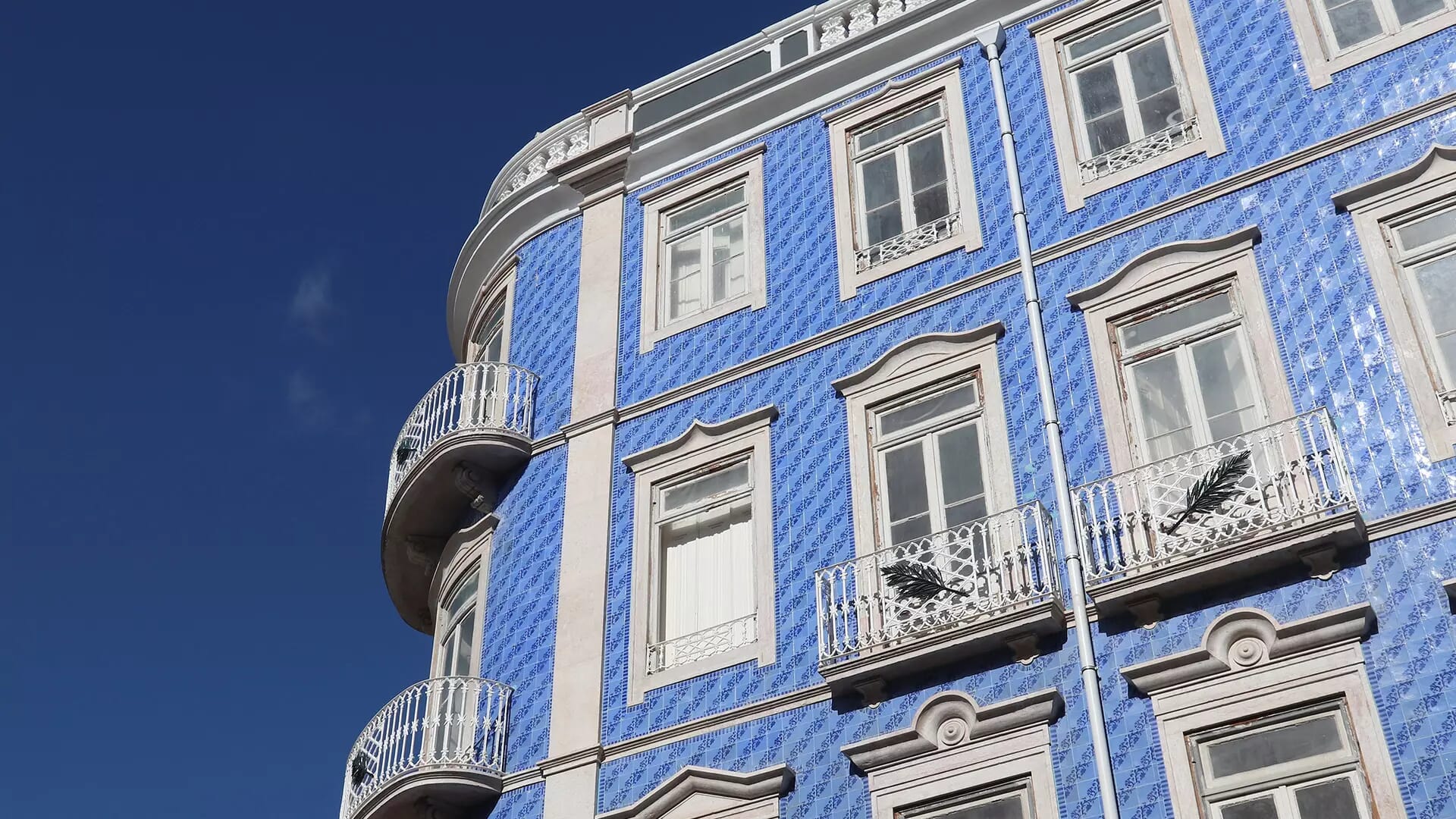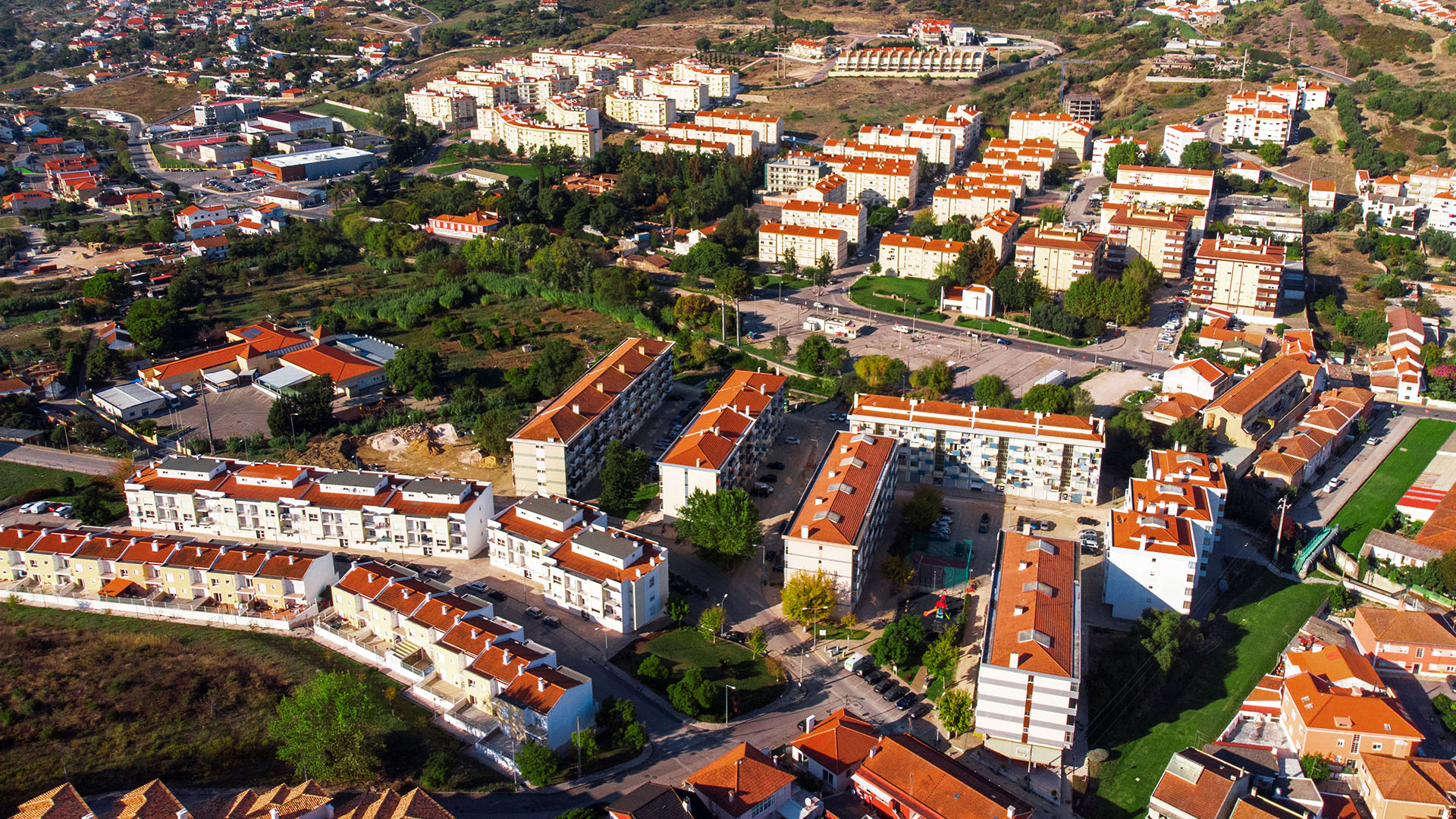 Credit: Tupungato | Adobe Stock
Credit: Tupungato | Adobe StockRehabilitation vs. greenfield development in tackling Portugal’s housing crisis
Exclusive report following insight and experience-sharing among senior real estate market players active in Portugal
May 29, 2024Real Estate
Written by Helen Richards
Restrictions imposed by municipalities to safeguard historical buildings, the growing importance of incorporating flexibility into real estate design, and the unrealistic aim of achieving optimal energy efficiency in old refurbished buildings were among the arguments turning real estate players away from rehabilitation projects in Portugal, as was revealed during a recent GRI Club Meeting ‘Residential Rehabilitation’ which gathered senior real estate market players active in Portugal’s residential sector.
The recent GRI report reveals all takeaways from these discussions which debated rehabilitation versus greenfield development, as well as the evolving demands and sophistication of the residential sector in Portugal.
Read the full report here.

As is no secret, one of the major social challenges facing Portugal is the housing crisis, and more specifically, the significant lack of supply. The ability to build to a higher capacity in greenfield development was highlighted as a relevant factor in tackling the housing crisis.
Portugal’s construction industry, or lack thereof, has been named as a contributor towards the housing crisis. There is a shortage of workforce, and contractors are reaching capacity and reluctant to expand their workforce due to the small size of Portugal’s construction market.
Discussion participants suggested that large scale greenfield development will offer steady opportunities for contractors, draw in more workforce, and strengthen the nation's construction industry, thereby helping to address the housing crisis.
Read the full GRI report for in-depth sentiments and experiences shared by market players during the exclusive gathering of real estate executives.

Restrictions imposed by municipalities to safeguard historical buildings, the growing importance of incorporating flexibility into real estate design, and the unrealistic aim of achieving optimal energy efficiency in old refurbished buildings were among the arguments turning real estate players away from rehabilitation projects in Portugal, as was revealed during a recent GRI Club Meeting ‘Residential Rehabilitation’ which gathered senior real estate market players active in Portugal’s residential sector.
The recent GRI report reveals all takeaways from these discussions which debated rehabilitation versus greenfield development, as well as the evolving demands and sophistication of the residential sector in Portugal.
Read the full report here.

Discussions highlighted greenfield development as a relevant factor in tackling the housing crisis. (Credit: frimufilms | Freepik)
As is no secret, one of the major social challenges facing Portugal is the housing crisis, and more specifically, the significant lack of supply. The ability to build to a higher capacity in greenfield development was highlighted as a relevant factor in tackling the housing crisis.
Portugal’s construction industry, or lack thereof, has been named as a contributor towards the housing crisis. There is a shortage of workforce, and contractors are reaching capacity and reluctant to expand their workforce due to the small size of Portugal’s construction market.
Discussion participants suggested that large scale greenfield development will offer steady opportunities for contractors, draw in more workforce, and strengthen the nation's construction industry, thereby helping to address the housing crisis.
Read the full GRI report for in-depth sentiments and experiences shared by market players during the exclusive gathering of real estate executives.
